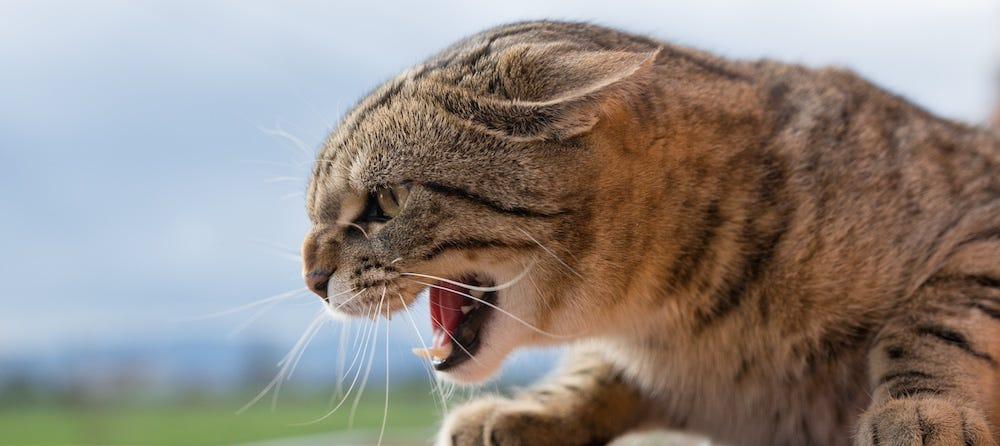Your outdoor cat thanks you for letting it run wild, or at least it would if it could. From getting to be outside, your cat is better off in a number of different ways, but there are also some concerns that ought to be addressed. Here are some pros and cons for allowing your cat to roam, and some important tips for keeping it safe while it’s out there.
Reasons To Let Your Cat Go Outdoors
You cat has animal instincts and needs that can be satisfied indoors, but these are met and exceeded, by literal leaps and bounds, when your cat is offered the seemingly endless expanse that is the outdoors. According to International Cat Care, your outdoor cat will be better exercised, less stressed, bored and frustrated (which will, in turn, lead to better behavior in your home) as well as being more socially adjusted from interactions with other cats. A slightly icky, but still beneficial side effect of having an outdoor cat is actually rodent prevention. Your cat has an insatiable desire to hunt, and letting it do so around your property is helpful for your cat, both emotionally and physically, as well as your children and yourself.
Risks Of Letting Your Cat Go Outdoors
There are, of course, some rather nerve-racking risks associated with allowing your cat to leave your home and your supervision. Traffic may be one of the biggest risks to an outdoor cat, but injury can come in many different and unexpected forms, including other cats, dogs and even people. Sadly, disease and poison can reach and harm your cat, the causes of which include anything from garden pesticides to infections related to fights with other animals. Slightly less alarming are the risks of infestation, from fleas, ticks, etc., as well as possible stress experienced by more nervous cats who might be better suited to stay indoors. Running away or being lost is also a concern, but, like many of these risks, it is preventable.
How To Make Your Outdoor Cat Safer
You can help keep your outdoor cat safer by implementing a few strategies to diminish some of these risks. If you live near a busy road, or even if you don’t, making feeding time correspond to busy morning and evening traffic can keep your cat out of trouble. Similarly, training your cat to come in before dark is a good way to avoid many of the perils of nighttime outdoors. Vaccinations and worming are good measures to take against disease and infection, while neutering is a suggested means of keeping your cat from engaging in more potentially dangerous behaviors. Finally, getting your cat a bright, quick-release collar is another very popular way to make sure it’s visible and not susceptible to choking or becoming caught on anything. Tracking microchips are becoming increasingly common, as any animal found and brought to a center will be scanned to locate its owner. So, you don’t need to worry excessively about your outdoor cat. It’s able to look after itself quite well, and with you looking out for it, too, you’ll both be happy and healthy for a long time.
Recommendations








